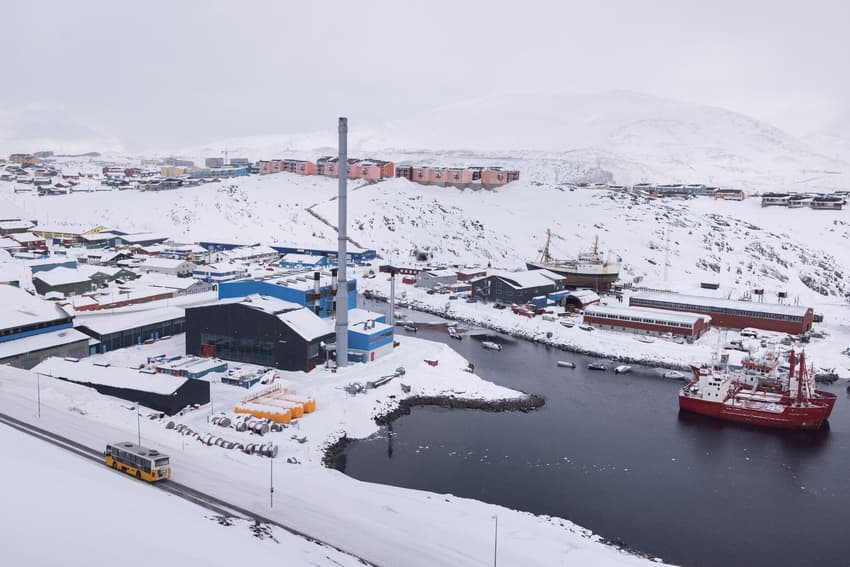Greenland registers tremors from Turkey earthquake

Tremors from the powerful earthquake that
rocked Turkey and neighbouring Syria on Monday were felt as far away as
Greenland, the Geological Survey of Denmark and Greenland said.
"The large earthquakes in Turkey were clearly registered on the seismographs in Denmark and Greenland," seismologist Tine Larsen told AFP.
The first 7.8-magnitude quake struck at 04:17am local time at a depth of about 17.9 kilometres near the Turkish city of Gaziantep, which is home to around two million people, the US Geological Survey said.
"The waves from the earthquake reached the seismograph on the Danish island of Bornholm approximately five minutes after the shaking started," Larsen said.
"Eight minutes after the earthquake, the shaking reached the east coast of Greenland, propagating further through all of Greenland," she added.
Later, another 7.5-magnitude quake struck southeastern Turkey.
"We have registered both earthquakes -- and a lot of aftershocks -- in Denmark and Greenland," she said.
Monday's quake is the deadliest in Turkey since a 7.4-magnitude one in 1999 when more than 17,000 people died, including about 1,000 in Istanbul.
Comments
See Also
"The large earthquakes in Turkey were clearly registered on the seismographs in Denmark and Greenland," seismologist Tine Larsen told AFP.
The first 7.8-magnitude quake struck at 04:17am local time at a depth of about 17.9 kilometres near the Turkish city of Gaziantep, which is home to around two million people, the US Geological Survey said.
"The waves from the earthquake reached the seismograph on the Danish island of Bornholm approximately five minutes after the shaking started," Larsen said.
"Eight minutes after the earthquake, the shaking reached the east coast of Greenland, propagating further through all of Greenland," she added.
Later, another 7.5-magnitude quake struck southeastern Turkey.
"We have registered both earthquakes -- and a lot of aftershocks -- in Denmark and Greenland," she said.
Monday's quake is the deadliest in Turkey since a 7.4-magnitude one in 1999 when more than 17,000 people died, including about 1,000 in Istanbul.
Join the conversation in our comments section below. Share your own views and experience and if you have a question or suggestion for our journalists then email us at [email protected].
Please keep comments civil, constructive and on topic – and make sure to read our terms of use before getting involved.
Please log in here to leave a comment.